Top 4 Things to Know Before Buying Garden Soil
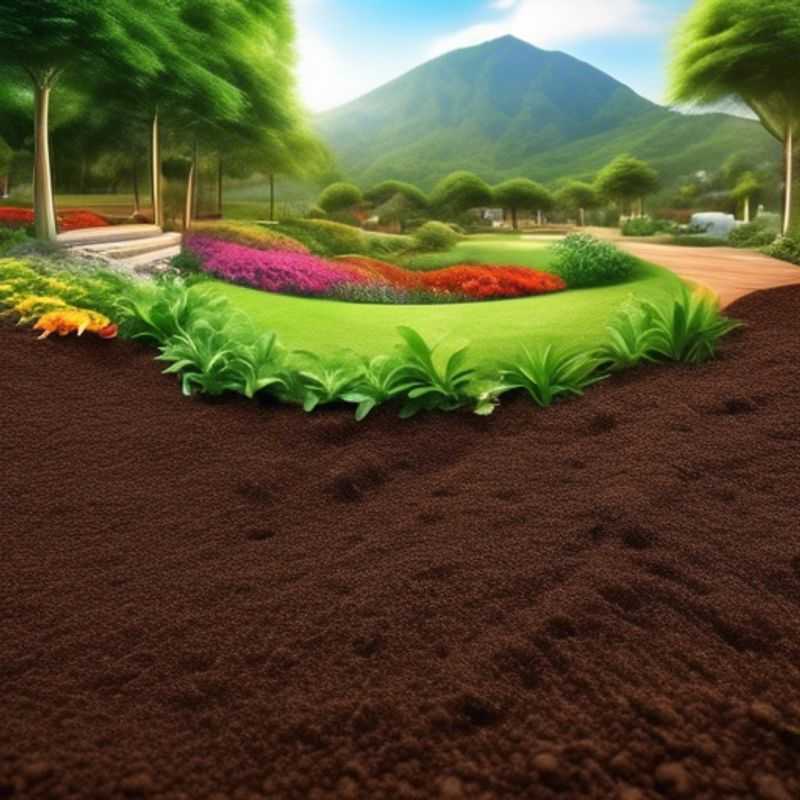
Understand the Different Types of Garden Soil and Their Properties
Consider the Soil's pH Level and Amend It If Necessary
Determine the Soil Texture and Choose the Appropriate Type for Your Needs
Research Local Sources and Compare Prices to Find the Best Value
Before you head to the garden center, there are some crucial things to consider when buying garden soil to ensure your plants thrive and you get the most value for your money. Let's delve into the top four things to know:
1. Understand the Different Types of Garden Soil and Their Properties:
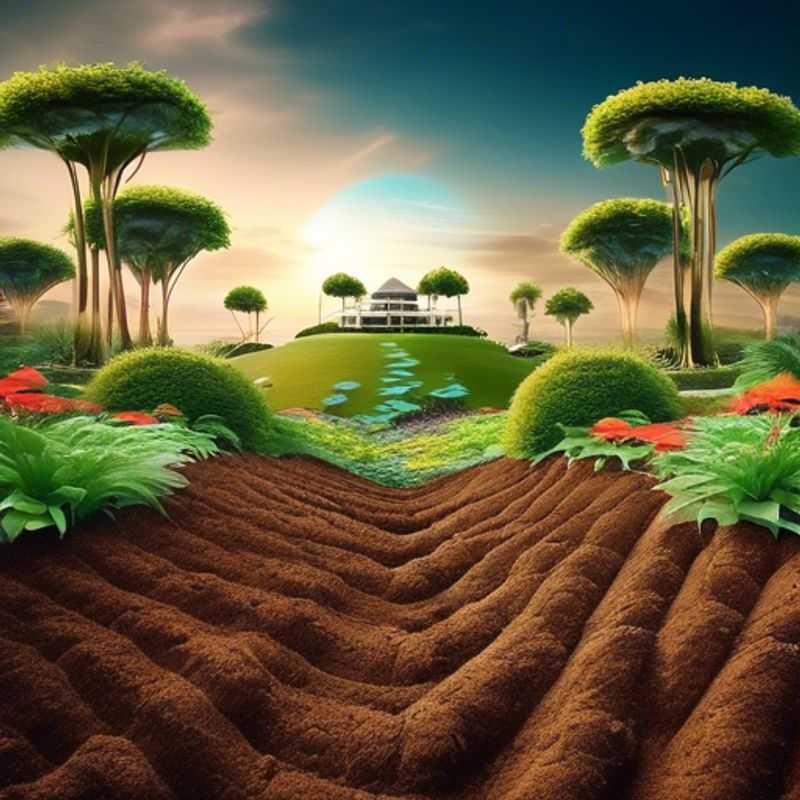
Decoding Your Garden Soil: Understanding Different Types and Properties
Understanding your garden soil is crucial for successful gardening. Here's a quick guide to common soil types and their properties:
Sandy Soil: This soil drains quickly, making it ideal for drought-tolerant plants. However, it's low in nutrients and can become dry easily. Consider adding organic matter like compost to improve water retention and nutrient content.
Clay Soil: Clay soil holds water well, but it can also become compacted, leading to poor drainage. It's generally fertile but can be difficult to work with. Adding organic matter like compost and using raised beds can improve drainage and aeration.
Loamy Soil: This is the ideal soil type for most gardens, offering a good balance of sand, silt, and clay. It drains well, retains moisture, and is rich in nutrients. If you have loamy soil, you're in luck!
Silty Soil: This soil type is smooth and fine, holding water well and offering good nutrient retention. However, it can become compacted easily, so good drainage is important.
You can test your soil type using a simple jar test or by sending a sample to a soil testing lab. Knowing your soil type allows you to choose the right plants and amend the soil for optimal growth.
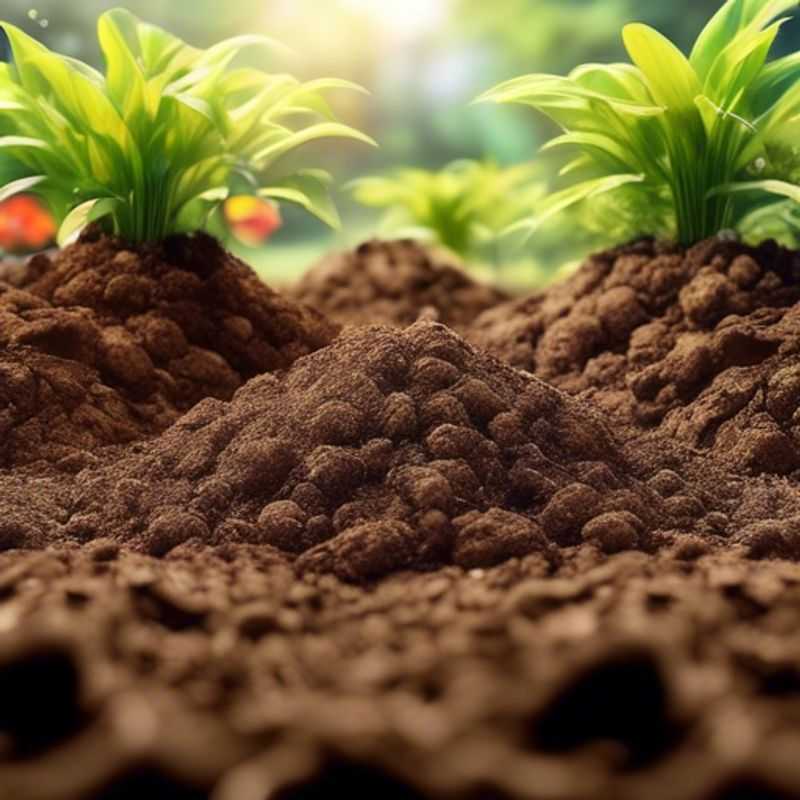
Soil pH: Understanding and Adjusting for Healthy Plants
Soil pH is a measure of its acidity or alkalinity. It’s important because it affects the availability of nutrients to plants. Most plants prefer a pH between 6.0 and 7.0, which is slightly acidic to neutral. You can test your soil's pH with a home testing kit or send a sample to a lab.
To amend your soil's pH, you can add lime to raise the pH or sulfur to lower it. Lime is a common and inexpensive way to raise pH. However, applying too much can damage your soil. Sulfur is a good choice for lowering pH, but it takes longer to take effect than lime. You can also use other materials like compost, wood ash, or gypsum to amend soil pH.
The amount of material you need to amend your soil will depend on your soil type and current pH. A soil test will give you a recommendation for how much to add. Follow the instructions on the product label carefully, as over-applying can be harmful to your soil and plants.
Keep in mind that amending soil pH is a gradual process. It may take several applications to achieve the desired pH. You will need to test your soil again after each application to see if you need to make further adjustments.
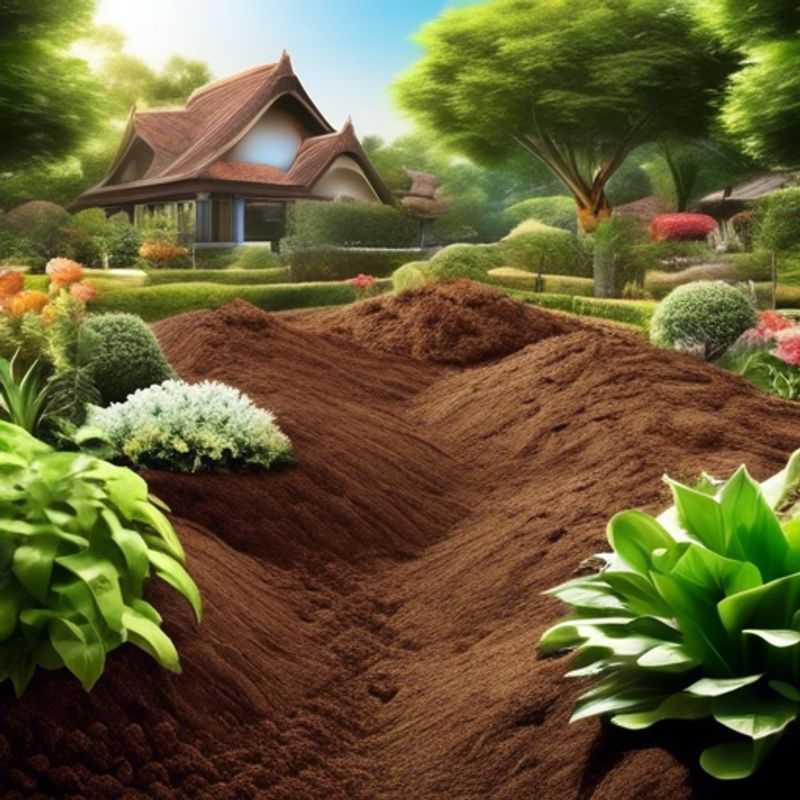
Dig In: Determining Soil Texture and Choosing the Right Type
Determining soil texture is crucial for successful gardening, farming, and landscaping. Soil texture refers to the relative proportions of sand, silt, and clay particles in the soil. To assess soil texture, you can conduct a simple jar test by mixing soil with water and allowing it to settle; the layers will indicate the proportions of different soil types. Sand is coarse and drains quickly, silt is medium and retains moisture, while clay is fine and holds water but can become compacted.
Choosing the appropriate soil type for your needs involves understanding your plants' requirements. For instance, vegetables thrive in loamy soil, which balances sand, silt, and clay, while succulents prefer well-draining sandy soil. Additionally, testing soil pH can help determine nutrient availability, influencing your choice.
When estimating costs for soil preparation, consider expenses for soil testing kits, amendments (like compost or fertilizers), and potential professional consultation. Hiring an agronomist or soil scientist may provide tailored advice but can incur additional fees. Remember, investing in the right soil type can lead to healthier plants and improved yields, making it a worthwhile consideration.
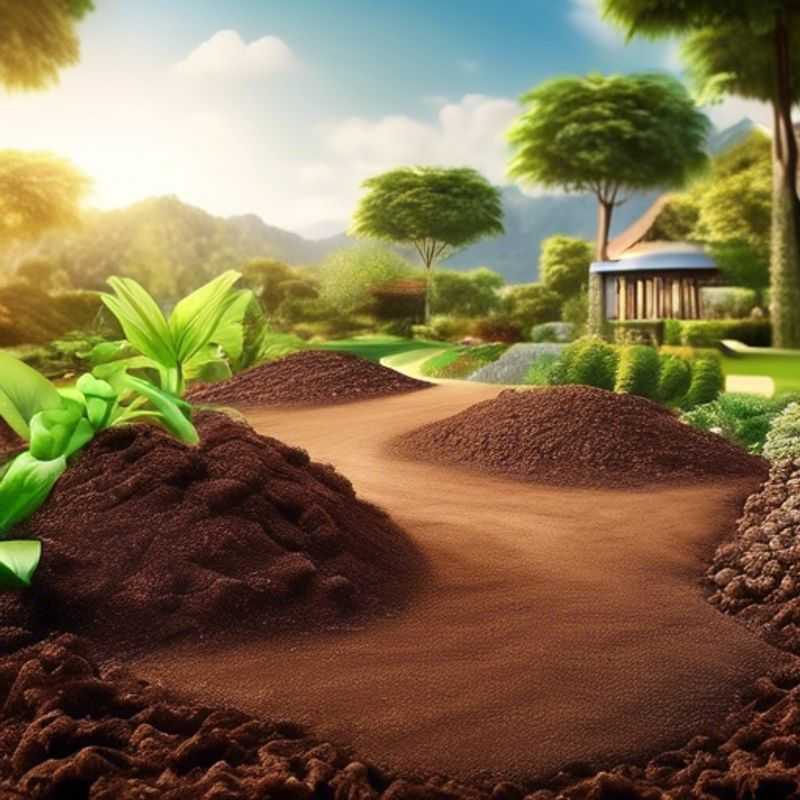
Smart Shopping: Research Local Sources and Compare Prices
Finding the best value for your purchases requires a savvy approach, combining local resource exploration with price comparisons. The key is to leverage the information available to you while remaining mindful of your time and resources. Start by identifying local sources, including brick-and-mortar stores, online retailers, and specialized vendors. This initial research phase involves exploring product availability, features, and potential deals within your geographic area.
Once you have a clear understanding of local options, begin comparing prices across different vendors. Utilize online price comparison tools, check for sales, discounts, and promotions, and consider delivery costs and potential return policies. This systematic approach allows you to make informed decisions based on a comprehensive understanding of price points, additional costs, and overall value.
Remember, while comparing prices is crucial, it's equally important to consider the quality, durability, and warranty associated with each product. Investing in a product that offers long-term value, even if it incurs a slightly higher upfront cost, can prove more economical in the long run. By applying this strategic combination of local research and price comparison, you can navigate the market confidently and secure the best possible value for your purchases.
